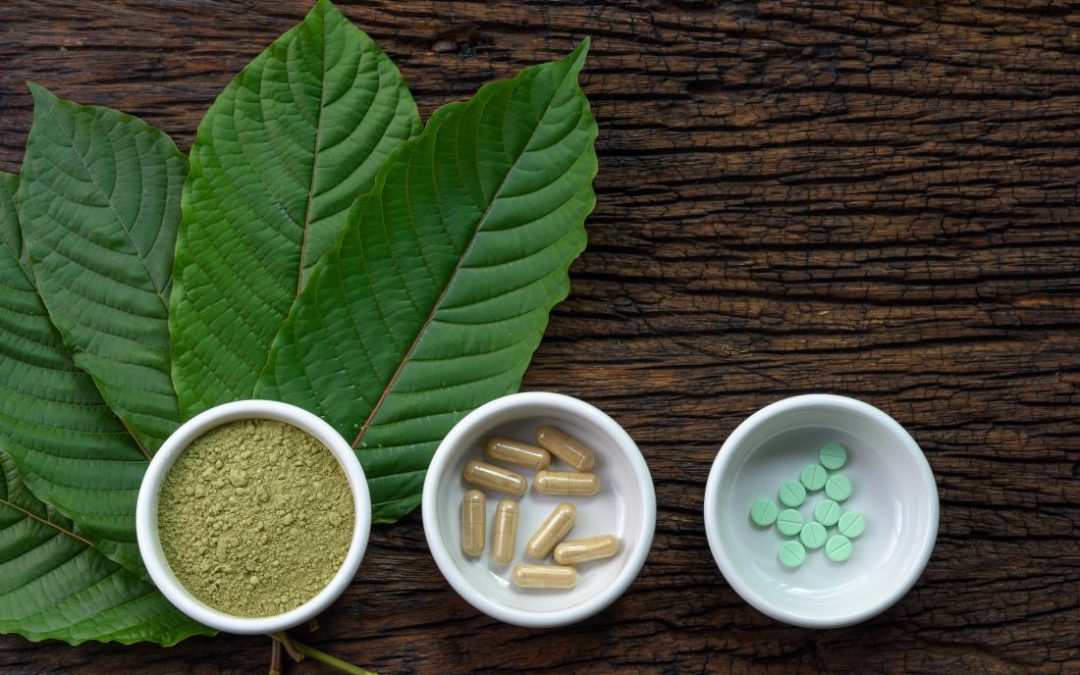A BEGINNERS GUIDE TO KRATOM
By Elisa Armengual
Curious about kratom? Trust me, I was once in your shoes before I started diving deeper into the sea of countless articles on the internet about this sacred tree. I could do all the reading in the world, but it wasn’t until I personally experienced this amazing herb that I was able to relate to what I’m writing about here. I remember my first time trying kratom, I decided to drink it like matcha tea by mixing the leaf powder in with hot water. My mind was racing in a million places. What is its potency? How much should I consume? Worry not, I can assure you that every newcomer to kratom goes through the same stages of uncertainty and unease. Especially with the lack of proper labelling and directions available on the market today.
I’m told by vendors the reason for the information embargo is that if an unapproved herb is sold with claims and directions on the label then it is pulled off their shelves. The workaround in the States is to sell it as a tea, and it is typically sold in Canada as a bulk botanical with no instructions. Most of the information about its uses and directions has to come from online user guides, videos and forums. And so it only takes a little bit of research to ensure that you don’t accidentally take too much and launch yourself into the cosmos. But even if you do, the good news is that kratom is a relatively gentle herb. You will just get little nauseous and won’t try that again!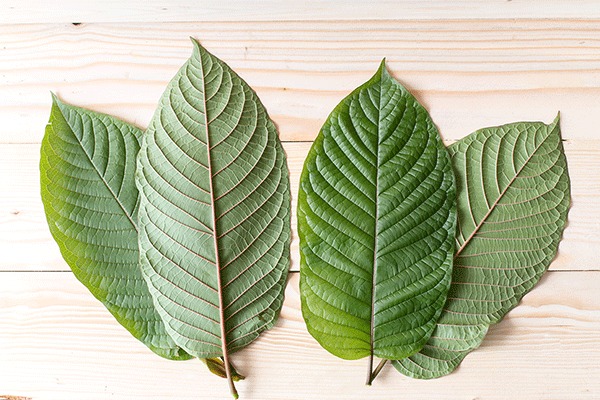
It is always good to start small and work your way up, as I’ve learned that less is more. In fact, the few times that I have tried kratom, I found it was best to start with a teaspoon, or more precisely, mixing between 1 to 3 grams of powder in hot water and see how it goes. Because it can be very grainy and bitter, it is best to have a chaser of either water or juice, and to keep stirring as you get closer to the bottom of the cup. If you are straining the leaf powder and not drinking the grinds, then more is required.
That is why I’ve come up with this handy (and easy-to-follow) guide to equip you with the fundamentals of kratom. I understand that for many of you, kratom is a relatively new topic – some have probably never heard of it at all. Since it has just recently started making its way into Western culture, there is a general lack of knowledge and education associated with its benefits and ancient roots. That’s why I will start off by discussing the origins of kratom, how it was used traditionally, and how it continues to be used in today’s society.
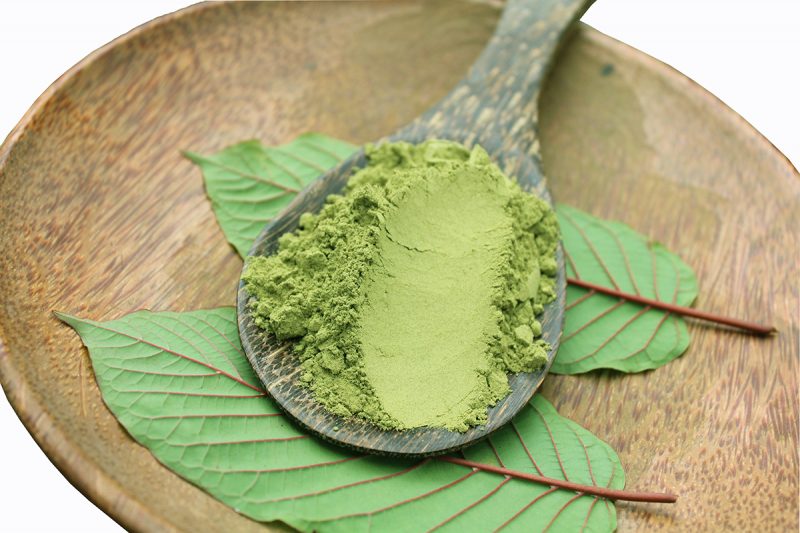
Although it is commonly known as kratom, its real botanical name came from the 19thcentury Botanist, Peter Korthals of the Dutch East India company, calling it “Mitragyna Speciosa”, or “the precious mitre”, as its leaves resembled a Bishop’s mitre. Kratom is a tropical tree native to Southeast Asia – particularly to Thailand, Indonesia, Malaysia, Myanmar and Papua New Guinea – and is categorized under the same family as the coffee plant, Rubiaceae. As an evergreen tree, kratom can grow incredibly large! Apart from its length of about 80 feet tall, the kratom tree produces glorious leaves and budding flowers that look like spikey little stars.
According to Dr. D. Stephen of the Botany Department of The American College, the kadambatree mentioned in the Vedantic writings of ancient India is actually the kratom tree. There are numerous scriptures in the Hindu holy books about Krishna standing in front of his favorite tree with the Yamuna River flowing in front of him. Even Aryabhatta, the great Indian astronomer, imagined the kadamba/kratom flowers to be like humans standing on Earth and all of them being pulled towards the center because of the force of gravity.
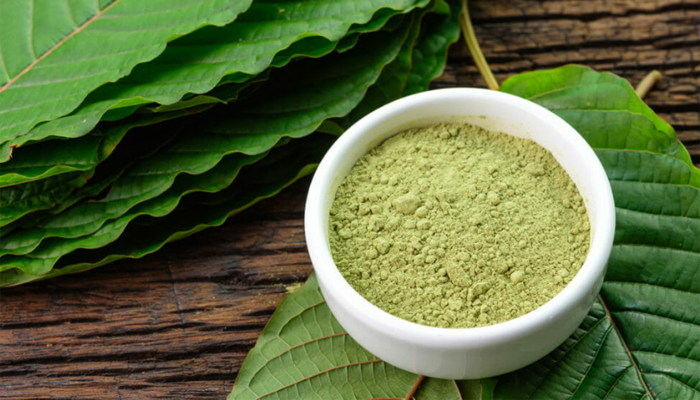
For the indigenous cultures of South Eastern Asia, kratom has been used in traditional medicine since atleastthe nineteenth century – but we can trace back its usage, history and linguistics for thousands of years. This widely popular herb also has many reported heath benefits. Thai medicine books mention kratom as being a natural analgesic, anxiolytic, sleep aide, useful in treating chronic coughs, lowering blood sugar and stopping diarrhea and intestinal illness in its tracks. It has also been used for deworming, and mixed with water and made into a paste for skin ailments like psoriasis and eczema. In recent years it is even being studied for its high levels of antioxidants and its antiparasitic and antifungal effects on washing down countertops and surfaces.
As a matter of fact, many workers would chew on kratom leaves to relieve musculoskeletal pain and increase energy, appetite and sexual desire. As of today, kratom is not only used to manage chronic pain, but also used in cases to help those who suffer from depression and anxiety. In fact, many people have reported that the use of kratom helped substantially relieve discomfort associated with suffering from opioid withdrawal. Mitragynine, one of the many active alkaloids contained in kratom leaves, provides relief from pain and anxiety by activating the opioid receptors. Many other active alkaloids found in kratom leaves are being researched for their amazing pain-relieving and anti-inflammatory properties, while others are being studied for their benefits as muscle relaxers, brain boosters, and for blood flow.
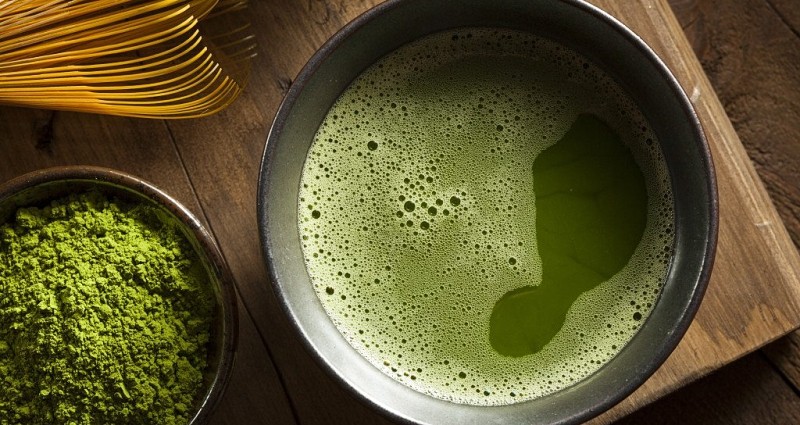
As you can see, kratom has been used for centuries for its medicinal and health effects. Like coffee, not only does kratom produce a mild stimulant-like effect, but paradoxically relaxes you at the same time. Being a part of the coffee family, it also has a similar history of controversy and acceptance. In recent years, we have seen kratom hysteria due to over-marketing on the internet to the present moment where it is being accepted for its widely acknowledged benefits. When coffee was first introduced into England it was associated with all night dance parties, Bohemian types and brothels, which is where ‘tea time’ came from. But thanks to popular culture and semantics, there is a Starbucks at every corner of the world and ‘a cup of joe’ is the staple of every workplace.
Much like cannabis, there are many strains of kratom available today, and it is important to research which one works best for you. Kratom leaves contain veins, which are a genetic feature caused by coumarin derivatives or bioflavonoids, and are not only unique to each variety like hair and eye colour in humans, but also act like a natural defense against insects. The colour of these veins and their region determines the effect of the strain. Strains are divided into three different categories: red-vein, white-vein and green-vein – easy enough, right? Each vein has a different chemical composition – containing various alkaloids with funny sounding names such as 7-Hydroxy-Mitragyanine and Mitragynine – resulting in variety of wonderful effects. This was well documented in 1975 by a detailed study called the Chelsea College Report. Another important factor that can determine the effects of kratom are the maturity of its leaves, which are more potent when harvested from the tops of older trees. Due to supply and demand these days, sometimes immature leaves are harvested from newly sprouted tree farms instead of the jungles, which have become overrun with palm oil farmers. This has unfortunately resulted in a weaker product that is rushed to market.
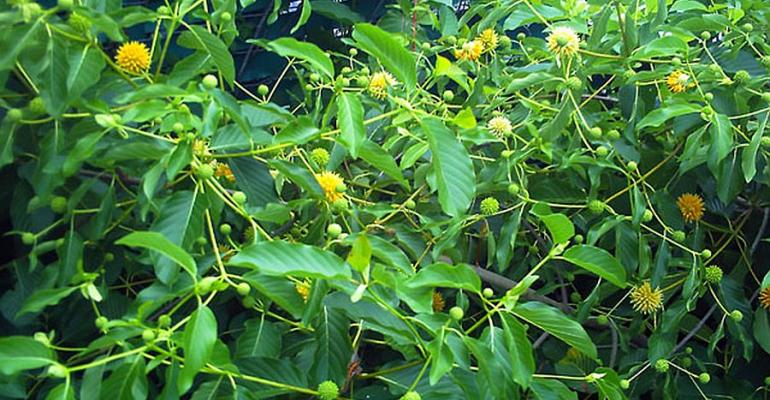
To begin with, Red Vein Kratom Strains tend to be the best selling and most widely available on the market. I would liken the reasoning behind this to the pain relieving and euphoric effects, caused by the presence of the Mitragynine alkaloid in the leaves. If you want a sense of comfort, both physically and emotionally, or simply desire a dreamy state of reverie for a sleepy fall evening, then red is your go-to! Keep in mind, there are many specific strains that fall under red-vein strains – and depending on the vendor, sometimes there will be flashy marketing and names attached to them. The best strains for pain relief are typically ones like Red Maeng Da, Red Borneoand Red Malay. Another popular strain that has been around online since the early 2000’s is called “Bali Kratom”. After talking to various vendors, I was fascinated to learn that since no kratom trees actually grow in Bali, this famous variety of kratom was really just red vein kratom from Borneo that was made famous by Balinese traders.
Because of its legendary status, Bali is the go-to classic with a dream-like euphoric effect (perfect for those newbies), and acts like a friendship beverage that can tear down those awkward walls and open up lively conversations with good friends under the stars. The list of benefits goes on and on.
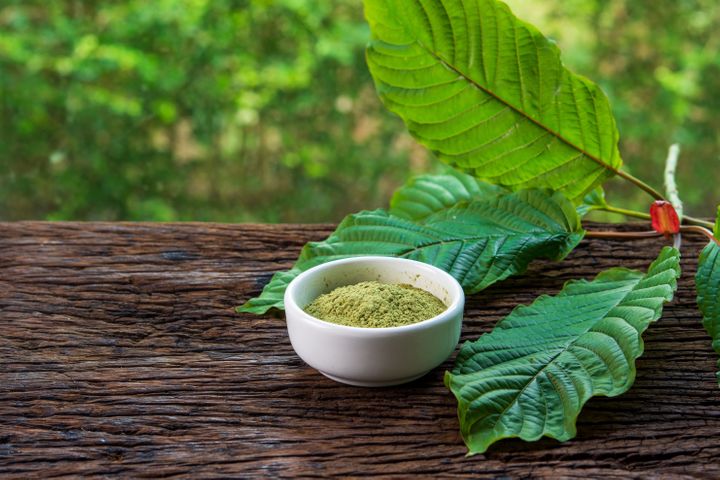
Green-vein Kratom Strains provide a clear head and energy that have a slower onset, but can last up to 8 hours – think: ‘green means go’. The general effects of these strains are alertness of the mind, increased levels of physical and sexual energy, elevation of mood and a sense of motivation to get things done. That being said, I’m not a certified kratom expert so don’t hold me accountable – effects and intensity depend on the amount of kratom you use, as well as the source from where you purchase it. If you are looking for an energy boost, try switching out your morning coffee – I know, easier said than done – for green-vein strains such as Super Green Maylasian,Green Riau, Green Indo, or Green Dragon, etc.
Lastly, you’ve got the White Kratom Strains – such as theSumatra White Veinand Borneo White vein– which provide a short lasting, energetic and anti-anxiety effect, but also clear minded energy with no euphoria or pain-relieving effects. I found these strains helpful in the case of needing to focus on work.
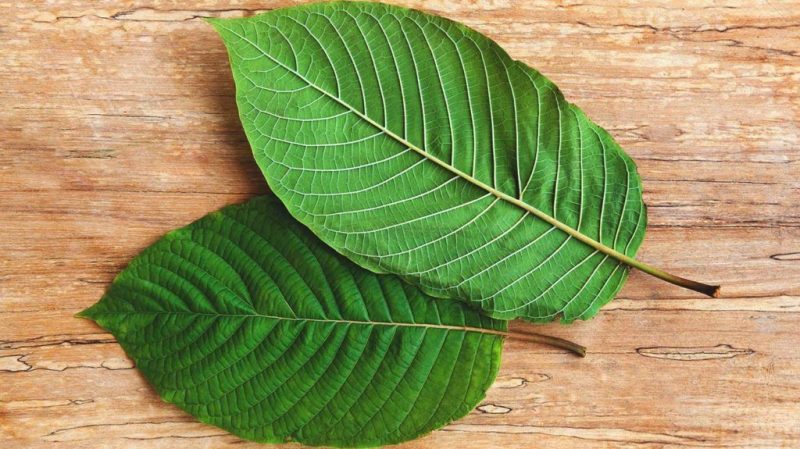
You can also get special blends of different kratom varieties known as Mixed Strains. The various alkaloids create unique properties and effects when mixed together. It is a little-known secret in the kratom world that varieties like Maeng Da, which is said to come from Southern Thailand and gets its name from“M. Parvifolia”, is actually a blend of red and green vein leaves. This unique blend creates an uplifting and relaxing effect. And much like the Bali strain, this unique blend, its quality and mixing ratio is different for every vendor. The mythology behind this mythical strain is that it is believed to come from a special ‘horned leaf’ that some market for its increased potency. In reality, this special leaf with jagged edges cannot be found in great supply and is only a small mutation found in 1 in 1000 trees with a regular amount of alkaloids.
Kratom affects different people differently; lower dosages of kratom can lead to energizing effects, whereas larger doses tend to result in more sedation and relaxation. To avoid getting a high tolerance to kratom, I would highly recommend changing the kratom strains and veins you take frequently – and, what shouldbe common sense: don’t abuse it. Just like the old saying goes – and I hold this as a rule of life – too much of anything is bad.
Overall, kratom is highly beneficial and holds many of nature’s secret healing powers. However, with the craze for kratom increasing day by day, there is a high demand for many online and offline stores selling this product. The most important thing to look out for is whether you chose a quality product or not. It is just as important for you, as it is for vendors, to hold high standards that lead to safer, more pleasant kratom experiences. Be alert – some vendors sell out of date products for profit. Make sure you do your research and stick to reputable companies. Kratom comes in a variety of forms such as powder, leaves and capsules. I recommend you research the effectiveness of each form before you go about your own experience. With that being said, this guide is for educational and information purposes only and is not intended to treat, diagnose or cure any diseases. Always seek medical advice if you have any concerns.
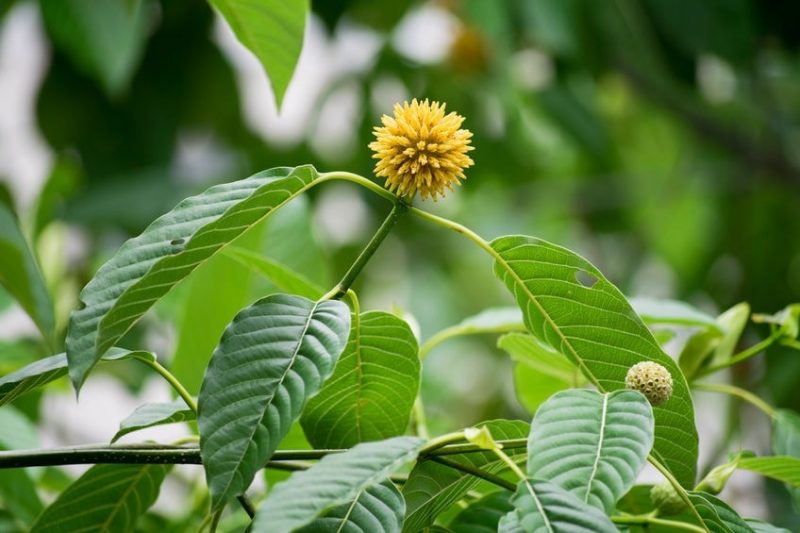
![]()
Come Follow Us on Twitter
Come Like Us on Facebook
Check us out on Instagram
And Sign Up for our Newsletter



